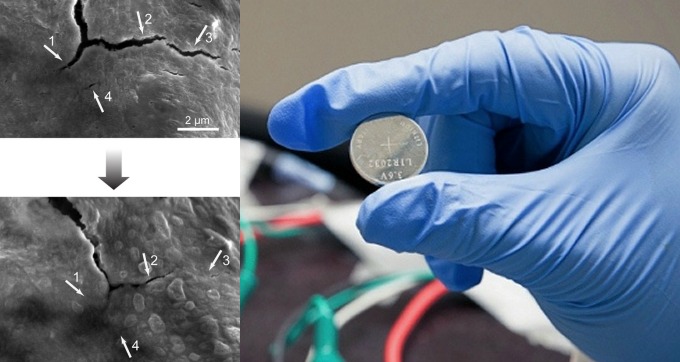There seems to be a new technologically-advanced gadget hitting the market daily. But the powering source for these gizmos hasn’t evolved as quickly. You would be lucky to get even two days juice out of your smartphone. The limited battery life still poses the biggest threat to the future of electric vehicles.
Batteries are expensive but the least reliable parts of any device. All rechargeable batteries wear out sooner or later. A worn out or lost battery can be frustrating for an avid user of a smartphone, digital camera or other electronic devices.
Every time a rechargeable battery is charged and used, it loses a small amount of capacity and eventually will need a replacement. Scientists around the globe have been working to increase the energy density of modern lithium ion batteries while reducing their weight for a number of years now. All of those efforts have met with mixed results so far.
Now researchers at Stanford have invented a self-healing battery that heals itself on every charge cycle, dramatically extending its life. The idea behind this invention is to use a stretchy polymer that coats the electrode, binds it together and instantly repairs those tiny cracks that develop during battery operation. The self-healing battery weathers 100 charging cycles or even more charge cycles before finally giving up.
The team hopes to boost that performance to 500 cycles for cell phones and 3,000 cycles for electric vehicle applications with further research.







